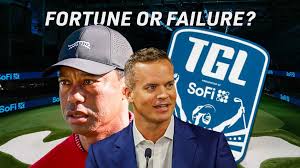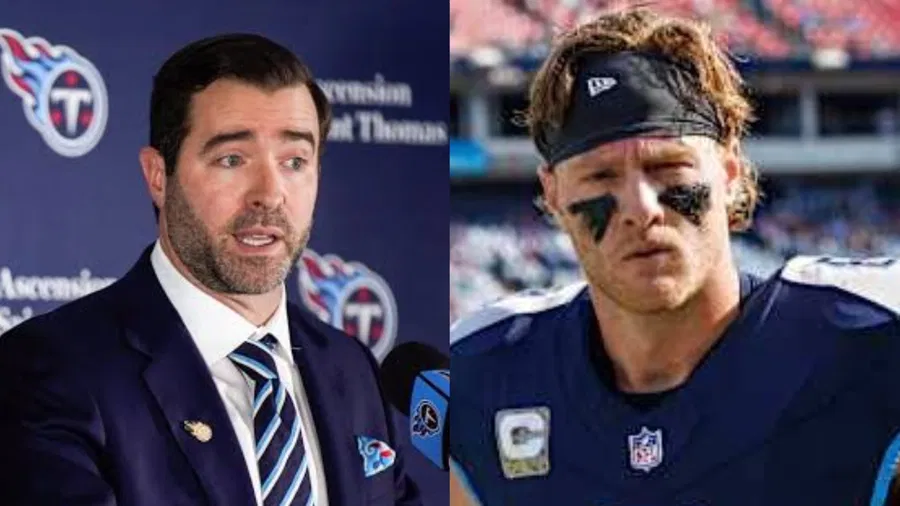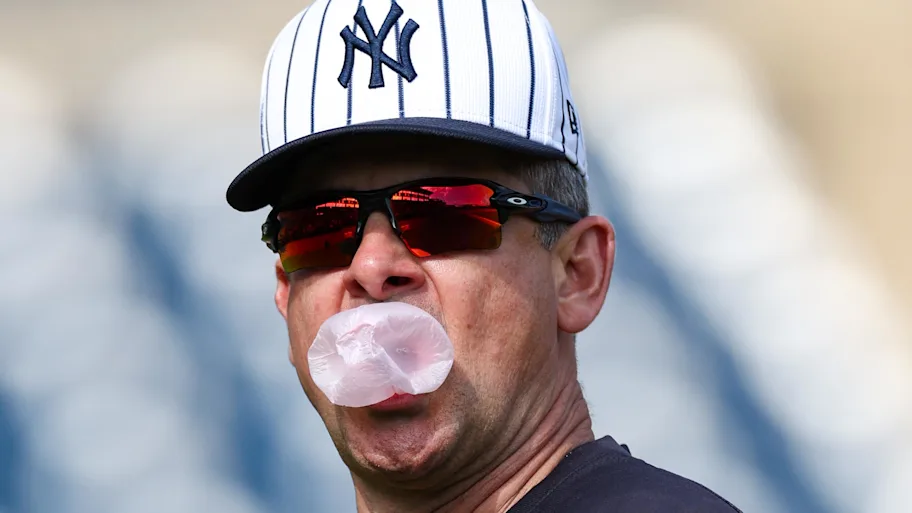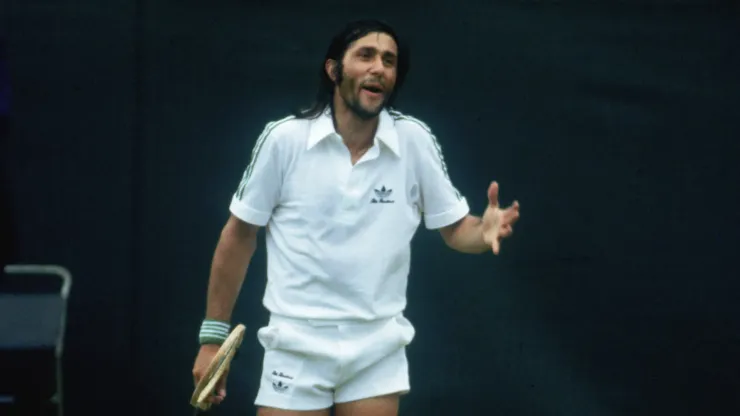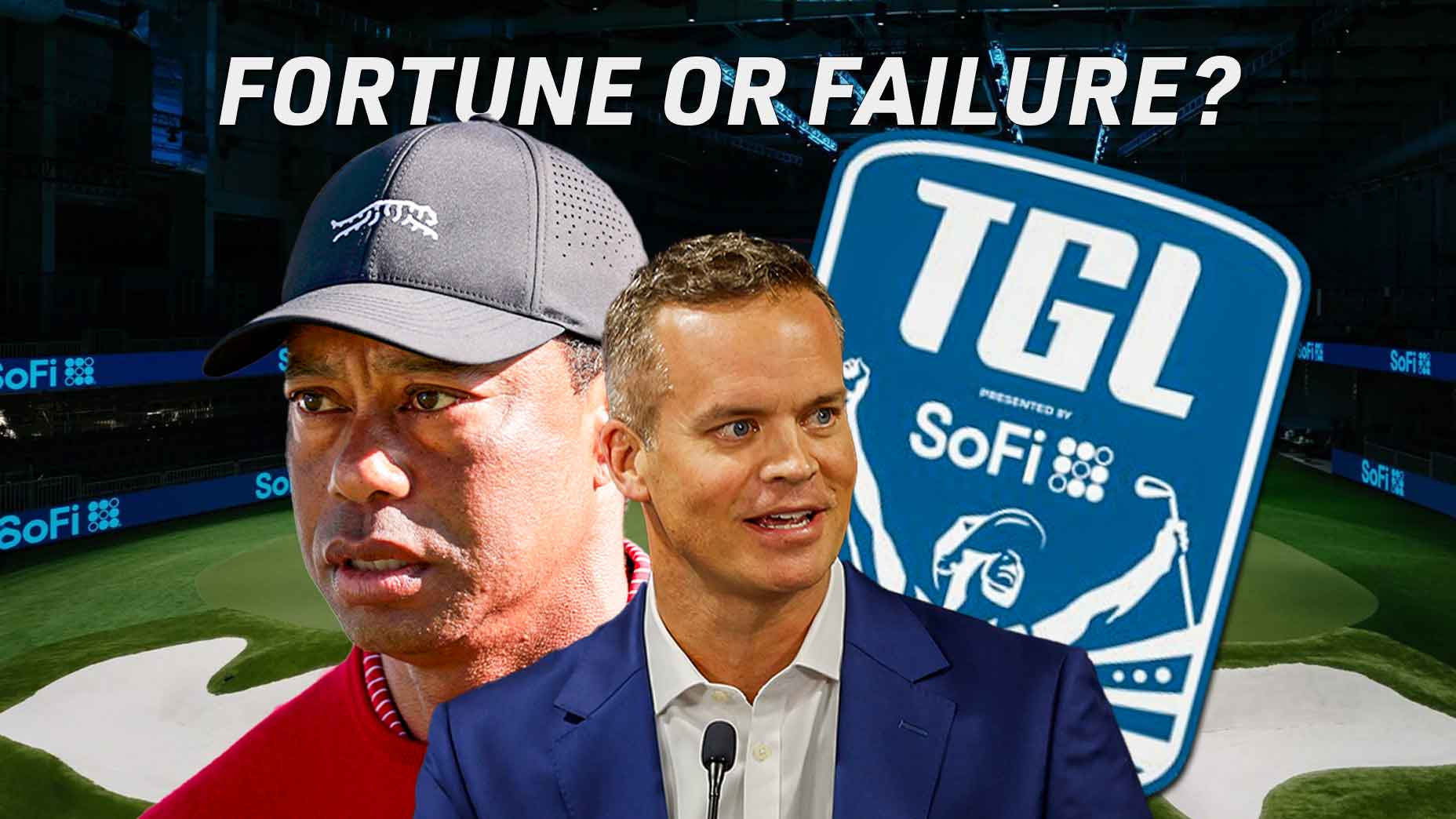
Mike McCarley leans back in a folding chair and gazes upon his new kingdom.
After a few long seconds, he speaks.
“So,” he says. “What do you think? How is it different than you expected?”
The question isn’t intended to be difficult, but it is. Partly because McCarley has staked the latest chapter of his professional career on the answer, and partly because nothing remotely similar to McCarley’s kingdom has existed in golf’s half-millennium of existence.
We are inside a tremendous white box nestled in the palms of Palm Beach (Fla.) State College — a building neither large enough to be a concert venue nor small enough to be a tennis center. In a few weeks, the structure will have a name, the SoFi Center, and inhabitants, the first competitors of a new simulator golf league called the TGL, of which McCarley is founder and CEO.
Now the space is just loud, and not only from the steady thump of music pulsing from the speakers. Construction crews are hard at work, their tools producing the unmistakable banging of metal against metal. If the air-conditioning has been installed, it is not fully operational; a thick layer of South Florida humidity hangs over the proceedings.
Among McCarley, the noise and the heat is a scene both laughably ostentatious and impressively efficient, an unholy marriage of artificial turf and artificial golf that stretches more than 90 yards long and 50 feet high. It is the TGL’s playing field, a swirling array of gadgets, gizmos and screens that come to life every few moments like slot machines.
In a sense, that’s a fitting analogy for McCarley’s new toys, because they are gambles — the physical provenance of tens of millions wagered on an idea to transform professional golf.
Perhaps as a measure of self-preservation, everyone I speak with at the TGL is careful to point out that McCarley’s simulator kingdom has been an idea for much longer than it has been anything else. A blueprint didn’t exist for a new golf league in the internet age. Discussions began with a blank sheet of paper.
“A cocktail napkin,” McCarley says with a slight grin.
Now, though, McCarley’s vision is a physical place; the setting for golf’s metamorphosis from a lazy weekend waltz into a caffeinated primetime blitz. His kingdom is the TGL, where the golf course has a shot clock, the green spins like a record table and a 64-by-53 video screen (that’s feet, not inches) is judge, jury and executioner.
There is no question where the operation is headed — the TGL barrels closer to launch with each altered piece of rebar — but the same certainty is extended to almost nothing else. Questions swirl around the upstart league, from ownership structure to competition to long-term financial stability. TGL has tried to answer a few of these questions and has earned the right to navigate through some others, but the big questions, the ones necessary to the TGL’s continued existence? The answers to those are unknowable.
